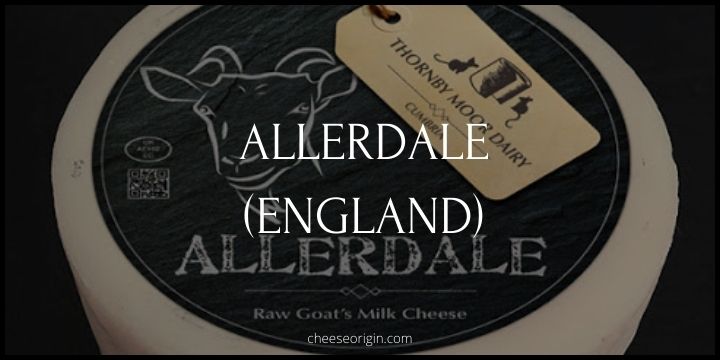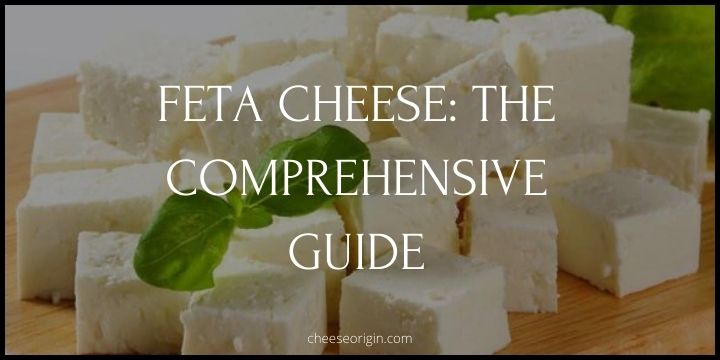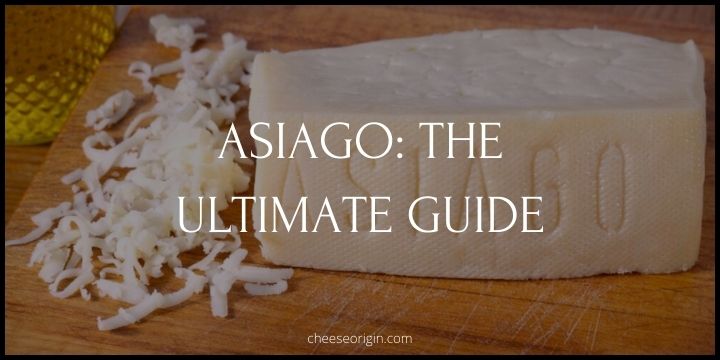What is Charolais Cheese? A Taste of Bourgogne’s Artisanal Delight
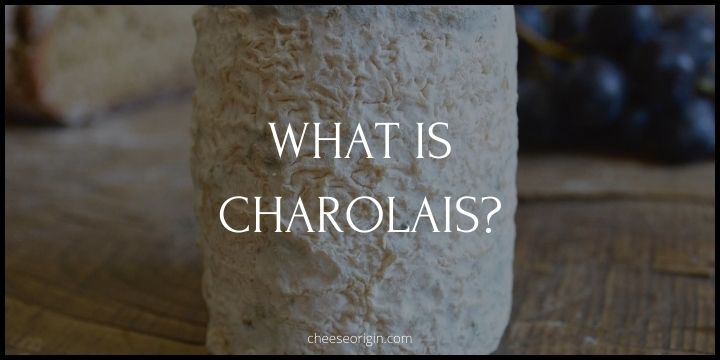
Charolais cheese, a true gem hailing from the granite plains of Charolles in the Bourgogne region of France, is an artisanal delight that cheese connoisseurs worldwide revere. Made using raw goat’s milk, this cheese embodies the very essence of its terroir, telling a story of the land and the animals that inhabit it.
This lactic goat’s cheese is one of the largest of its kind, with a weight ranging from 8.8 to 10.5 oz, presenting an impressive presence on any cheese board. Its maturation process lasts a minimum of two weeks, during which it develops a rind that transitions from beige to a more complex palette of grey, blue, and white molds.
In appearance, Charolais is cylindrical, featuring slightly convex sides that add to its unique shape. Its rind houses a cream-colored, soft center that is both firm and smooth to the touch. Once you cut into it, you’ll find a close-textured, crumbly pâté that is rich and delectable in flavor.
Charolais cheese is undeniably unique, carrying a subtle blend of flavors that hint at the mixed diet of the goats whose milk produces it. It’s a taste of Bourgogne’s artisanal tradition, a bite of France’s rich gastronomic culture, and a testament to the skill and passion of the cheesemakers who craft it.
Quick Facts About Charolais Cheese
| Quick Facts | Details |
|---|---|
| Origin | Burgundy, France |
| Cheese Type | Fresh/Soft Cheese |
| Milk Source | Goat’s Milk |
| Pasteurized | Both versions are available (pasteurized and unpasteurized) |
| Texture | Dense and creamy |
| Color | White |
| Flavor Profile | Tangy, slightly sour with a nutty aftertaste |
| Aging Time | Minimum 2 weeks, but can be aged up to several months |
| Pairings | Pairs well with white wines, fresh fruits, and crusty bread |
| Certification | Protected Designation of Origin (PDO) since 2010 |
| Production Method | Traditionally handmade |
| Shelf Life | Best consumed within 10 days if fresh, can last longer if aged |
| Storage | Refrigerate, and keep wrapped in its original wax paper |
| Serving Tip | Allow the cheese to sit at room temperature for an hour before serving to enhance the flavor |
What is Charolais Cheese?
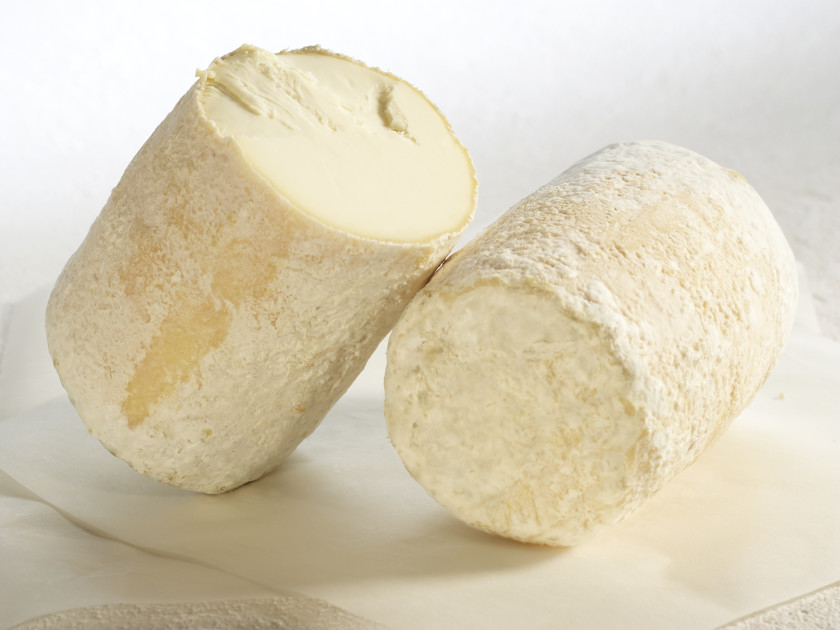
Charolais cheese is a unique and artisanal delicacy hailing from the granite plains of Charolais, located in the region of Bourgogne, France. This cheese is a testament to the traditional cheese-making methods of this region, reflecting its rich gastronomic heritage.
Produced using raw goat’s milk, Charolais cheese is a lactic cheese, which means it is primarily fermented using lactic acid bacteria. This fermentation method imparts a distinctive tangy flavor to the cheese, a characteristic that sets it apart from other types of cheeses.
Its texture is firm and smooth, with a creamy color on the interior. The rind of the cheese is cream-colored and the cheese itself has a soft center, creating a delightful contrast of textures. The taste is rich, offering a blend of subtle flavors that are sure to delight your palate.
Charolais cheese was awarded a registered designation of origin (AOC) in 2010, which is a certification granted to certain French products whose production, processing, and preparation takes place in a specific geographical area. It further received an AOP (Protected Designation of Origin) in 2014.
When serving Charolais cheese, it’s recommended to let it sit at room temperature for an hour to enhance its flavor. It pairs well with white wines, fresh fruits, and crusty bread, making it a versatile choice for various culinary applications.
What Does Charolais Cheese Taste Like?
Charolais cheese offers a rich and sophisticated flavor profile that is well-balanced between salty and tangy. As the cheese matures for a minimum of two weeks, the subtle flavors of goat’s milk – saltiness, sweetness, and acidity – sharpen, giving it its unique taste.
Depending on its age, Charolais can be eaten very fresh, semi-dry, or very dry. It’s considered part of the strong cheese family. When dry, it emits aromas reminiscent of nuts, almonds, and hazelnuts. At 16-30 days, the cheese may be served warm with a salad, although it is too mild to be on the cheese trolley. However, it does have a slightly nutty flavor.
The taste of Charolais cheese is further described as rich and sophisticated with a fine clean, nutty flavor and relatively low acidity. The maturation process gives it a beautiful blue-grey mold which enhances its flavor.
Charolais Cheese Tasting Notes
- Appearance: Charolais cheese is cylindrical in shape with a cream-colored rind. The interior of the cheese is creamy white, presenting a dense and firm texture
- Aroma: This cheese emits a distinct aroma of goat’s milk which becomes more pronounced as it matures. It gives off scents reminiscent of nuts, almonds, and hazelnuts
- Taste: The flavor profile of Charolais cheese is rich and sophisticated. It starts off mildly salty and tangy when fresh but sharpens as it matures, providing a fine balance between saltiness, sweetness, and acidity. The taste further develops into a clean, nutty flavor with relatively low acidity
- Texture: Depending on its age, Charolais cheese can range from very fresh to semi-dry or very dry. The maturation process gives it a beautiful blue-grey mold which enhances its texture
- Pairing: Charolais cheese pairs well with white wines, crusty bread, and fresh fruits. When aged for 16-30 days, it can be served warm with a salad
10 Best Charolais Cheese Substitutes
| Substitute | Description |
|---|---|
| Chèvre | A popular goat cheese with a similar tangy and nutty flavor profile to Charolais. It’s widely available and comes in various forms |
| Crottin de Chavignol | A French goat cheese that is firm and dense like Charolais. It has a stronger flavor when aged and can be used in the same dishes |
| Rocamadour | Another French goat cheese, Rocamadour has a creamy texture and a nutty flavor which makes it a good substitute for Charolais |
| Feta | A Greek cheese made from sheep’s milk or a mixture of sheep and goat’s milk. It has a similar tanginess to Charolais but is more crumbly |
| Sainte-Maure de Touraine | A French goat cheese that has a similar flavor and texture to Charolais. It’s slightly less dense but still offers a similar taste experience |
| Buche de Chevre | This log-shaped French goat cheese is creamy and has a mild, tangy flavor similar to Charolais |
| Pouligny-Saint-Pierre | A pyramid-shaped French cheese made from goat’s milk. It has a similar nutty flavor and can be used as a substitute for Charolais |
| Valençay | This French goat cheese has a similar tangy flavor and dense texture to Charolais. It’s also coated in a similar blue-grey mold |
| Tomme de Chevre | A semi-hard French goat cheese that has a similar texture to Charolais. It has a mild flavor that becomes more pronounced with age |
| Selles-sur-Cher | A soft, French goat cheese that has a similar tangy flavor and creamy texture to Charolais |
What Pairs Well With Charolais Cheese?
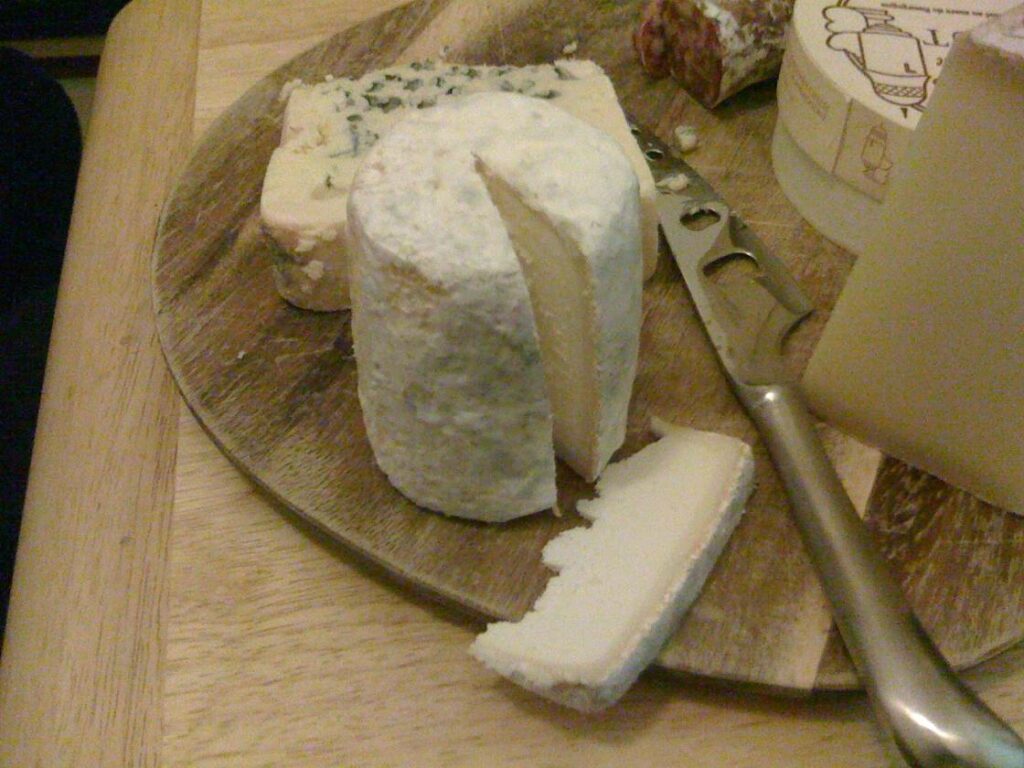
Food that goes well with Charolais:
| Category | Food |
|---|---|
| Bread | Crusty French bread, whole-grain bread, and baguettes are all excellent choices. The textures and flavors of these breads complement the creaminess and nuttiness of Charolais cheese. |
| Fruit | Fresh fruits like apples, pears, and grapes balance the tangy flavor of the cheese. Dried fruits like figs and apricots also pair well. |
| Meats | Cold, cured meats such as prosciutto and salami can enhance the flavors of the cheese. Smoked salmon is another good option. |
| Nuts | Almonds, walnuts, and hazelnuts bring out the nutty flavors in the cheese and add a nice crunch. |
| Vegetables | Fresh vegetables such as bell peppers, cucumbers, and cherry tomatoes work well with Charolais cheese in salads. |
| Jams and Preserves | Sweet and tangy jams or preserves like fig jam, cherry preserves, or apricot jam complements the cheese’s flavor well. |
| Honey | A drizzle of honey on top of Charolais cheese adds a sweetness that offsets its tangy flavor. |
| Olives | Both green and black olives pair well with Charolais cheese, adding a salty contrast to the cheese’s richness. |
| Crackers | Neutral-flavored crackers or those infused with herbs or seeds can provide a nice base for the cheese. |
| Condiments | Mustards, pickles, and chutneys can add an extra dimension to dishes featuring Charolais cheese. |
Also read: 11 Best Crackers that Pair Well with Cheese
Beverage that goes well with Charolais:
| Category | Beverage |
|---|---|
| White Wine | Crisp, dry white wines like Chablis or Sauvignon Blanc pair well with the tangy, creamy flavors of Charolais cheese. |
| Red Wine | Light-bodied red wines such as Pinot Noir can also complement the cheese without overpowering its flavors. |
| Sparkling Wine | A glass of Champagne or Prosecco can add a festive touch to the cheese-tasting experience and balance the creaminess of Charolais. |
| Beer | Light beers like Pilsners or wheat beers can cleanse the palate between bites of the rich cheese. |
| Cider | Dry ciders, particularly those from France, can complement the tanginess of the cheese. |
| Port | A sweet and fruity Port can offset the saltiness of Charolais cheese, making it a great choice for a dessert pairing. |
| Sherry | A dry sherry can help highlight the nutty flavors in the cheese. |
| Whiskey | A smooth and slightly sweet whiskey can contrast nicely with the tangy flavors of Charolais. |
| Non-Alcoholic | For non-alcoholic options, sparkling water or light fruit juices like apple or pear can be refreshing pairings. |
Also read: Best Wine and Cheese Pairings: The Ultimate Guide
Also read:
- What is Salers Cheese? A Flavorful Journey into France’s Cantal Mountains
- What is Brocciu? The Symbolic Cheese of Corsica
- What is Langres? Tasting the Unique Flavor of Champagne Ardenne
- What is Fourme d’Ambert? The Pillar of French Blue Cheeses
- What is Livarot Cheese? The Pungent Delight from Normandy
- What is Reblochon de Savoie? A Taste of the French Alps
- What is Vacherin Mont d’Or? The ‘Holy Grail’ of Soft Cheeses


